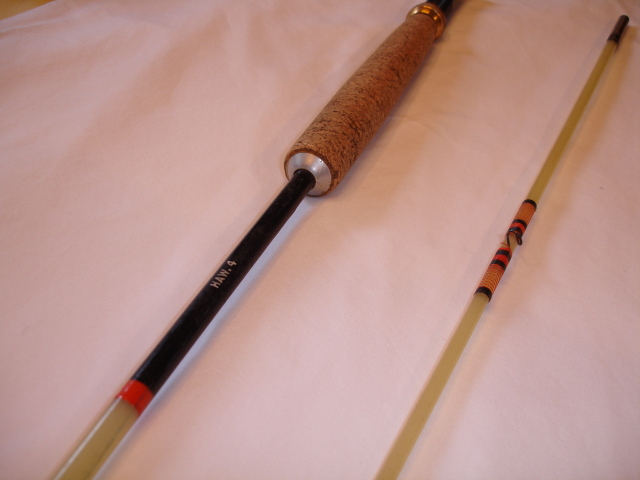old fiberglass boats
Question
Hi,
I've offered an old (early 60's) under 16' fiberglass boat by MFG. It's been trailered the last 6 years (no maintenance during the time) and I don't know about history before that.
Curious without a survey or evaluation, can I assess the condition of the hull? How long can fiberglass boats remain seaworthy?
If it doesn't leak, does it mean it's seaworthy?
Thanks,
David
Answer
G'day David
Thank you for selecting me to respond to your question.
MFG built very strong, thick and heavy hulls, which would outlast most others from the same time period. Just because your boat does not leak does not mean it is seaworthy. Vintage fibreglass boats can and will deteriorate, regardless whether they have been in the water or not. Wood framing, the keel and transom are encased in fibreglass, which in all likelihood has released its bond with the wood, thus, weakening the hull's integrity.
In addition, the air pocket between the wood and fibreglass develops moisture, which freezes in the winter. Expansion and contraction eventually causes the air pocket to expand in size, and in so doing, it accummulates moisture. Moisture deteriorates wood and delaminates fibreglass.
I recommend you rent, purchase or borrow a "moisture meter", which is used by many marine surveyors, boat repairers, etc., to detect the degree of moisture within laminates of fibreglass and wood. Scan the entire hull and its decking. Also "sound" the hull by tapping it with a small, hard mallet made from plastic. It will assist in identifying voids or pockets where fibreglass has delaminated from itself or wood. There will be a distinct difference in the sound created by the mallet when it strikes upon a solid material as opposed to a delaminating section. However, properly sounding a hull and interpreting the sounds takes experience. So, consider engaging a qualified surveyor. They're worth their weight in gold and can save you a lot of money and headaches.
Look for cracks in the gel coat exterior finnish. Some may be small, others large. They may appear star-like, or they could be a group of lines parallel to each other. The closer the lines are together, the greater the probability of deeper deterioration, but that is not necessarily a firm rule to follow. You'll see surface cracks in corners, and check across the entire transom area - that is very important - particularly around the drain hole and keel and on the outer & lower curvatures of the transom. Also check the stability of the bow eye. Don't hesitate to try and cautiously move it with a pair of pliers to determine how secure it remains.
Take a look along the keel. If it appears wavy it is warped, and means the keel is or has completely deteriorated and the fibreglass has delaminated. Repairing this with a new keel just opens up more problems, all of which become far too costly.
It's anticipated the above will assist you to make an informed decision as to what steps you will take from this point forth. If you have any further questions, don't hesitate to ask. I'll be only too pleased to respond to the best of my ability.
Regards,
Ron Blanchet
insurance
gas smell


